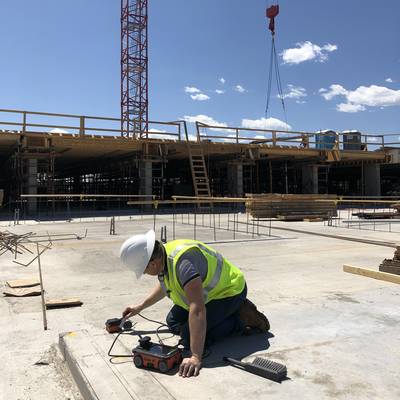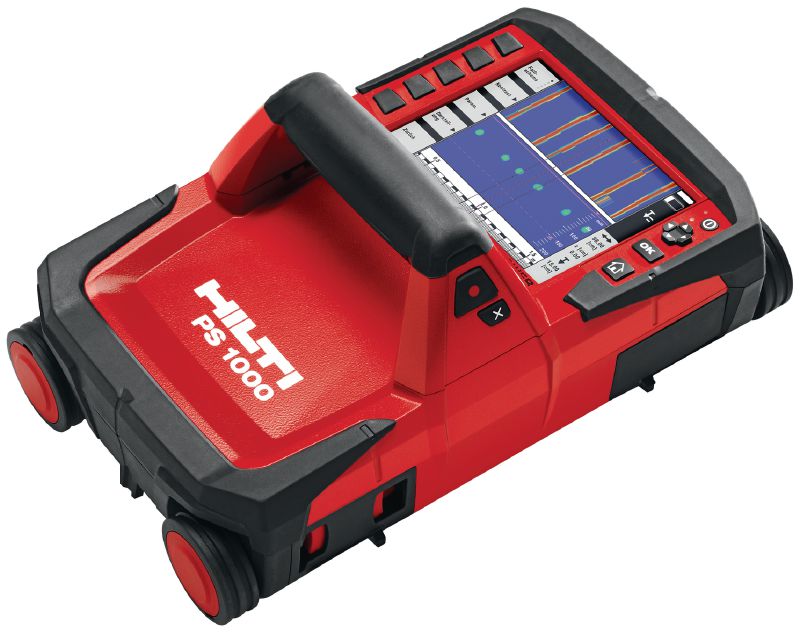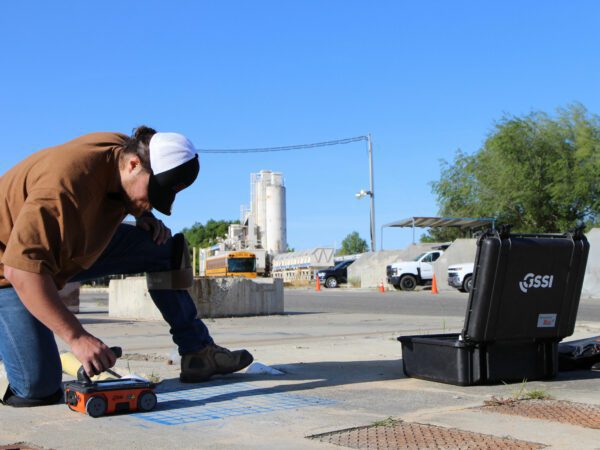Concrete Scanning: An Important Step Towards Guaranteeing Architectural Stability and Security
In the world of building and facilities maintenance, the relevance of concrete scanning can not be overstated. This precise process holds the vital to unveiling possible dangers hidden beneath the surface of relatively solid structures. By employing advanced modern technology and methodologies, concrete scanning offers as an essential tool in making sure that the stability and safety of structures and bridges are promoted to the greatest standards. Nonetheless, past its surface-level ramifications, the function of concrete scanning extends much deeper than meets the eye.
Importance of Concrete Scanning
Concrete scanning plays a crucial function in ensuring the architectural honesty and security of buildings and facilities tasks. By utilizing innovative technologies such as ground-penetrating radar (GPR) and electro-magnetic induction, professionals can non-destructively check concrete frameworks to spot possible defects, spaces, ingrained objects, and support format. This process allows very early discovery of anomalies that might endanger the security of a structure, avoiding pricey damages and guaranteeing the safety and security of occupants.
Concrete scanning is specifically crucial during the preparation and building and construction phases of a job. Before boring, reducing, or coring right into concrete, scanning helps identify the accurate places of rebar, post-tension cords, and various other ingrained elements, reducing the risk of unexpected hits that might lead to structural weaknesses. Additionally, concrete scanning aids in high quality control by confirming the density of concrete covers and identifying any kind of discrepancies that might influence the total durability of the framework. Inevitably, spending in concrete scanning solutions is not just a positive action to minimize risks however also a fundamental action in the direction of preserving the long-lasting safety and stability of buildings and infrastructure.
Technology for Concrete Evaluation

Advantages of Very Early Discovery
Prompt discovery of architectural problems can dramatically mitigate dangers and ensure the longevity of building tasks. By recognizing potential issues early in the building and construction procedure, stakeholders can take proactive measures to attend to problems prior to they find out here now intensify right into larger and a lot more pricey troubles. Among the vital benefits of early detection is the prevention of structural failures, which can present severe security risks and result in job delays and economic losses.
Moreover, very early discovery permits for timely repair services and maintenance, which can assist prolong the life expectancy of the structure. By addressing issues without delay, building and construction groups can prevent expensive fixings and even the demand for premature substitute of structural parts. This aggressive technique not only saves money and time however also enhances the total safety and security and resilience of the construction click to investigate job.
Furthermore, early discovery can improve task planning and decision-making by giving stakeholders with beneficial understandings into the problem of the framework. Equipped with this details, job managers can make enlightened options pertaining to building materials, timelines, and methods, bring about more successful and reliable task end results.
Guaranteeing Structural Stability
Making sure the architectural stability of a construction job is paramount to its safety and security and durability. Concrete scanning plays a crucial duty in making certain structural stability by identifying possible concerns such as spaces, delamination, or reinforcement corrosion that might compromise the honesty of the framework over time.
By utilizing sophisticated scanning innovations like ground-penetrating radar (GPR) and electro-magnetic induction, building and construction professionals can non-invasively check concrete frameworks to determine locations of issue below the surface area. This aggressive technique permits the very early discovery of weak points or defects, allowing punctual fixings or support to protect against structural failures.
Routine concrete scanning throughout various construction phases and throughout the life cycle of a structure can assist preserve its stability, mitigate risks, and make sure the safety and security of passengers. By prioritizing architectural security through concrete scanning, construction tasks can boost their resilience and durability, inevitably contributing to higher safety and longevity.

Avoiding Crucial Failings
Applying routine inspections, such as concrete scanning, can reveal surprise defects like gaps, fractures, or corrosion that could compromise the integrity of a structure. By utilizing advanced scanning technologies like Ground Passing through Radar (GPR) or Concrete X-ray, designers can non-destructively examine go the condition of concrete and identify weak factors that call for reinforcement or repair.

Verdict
To conclude, concrete scanning plays a critical role in making certain architectural integrity and security by making use of advanced innovation for early detection of prospective problems. This positive technique aids stop crucial failings and makes sure the security of frameworks. It is important to prioritize concrete examination as a conventional practice to secure the long life and safety of buildings and facilities.
Concrete scanning plays an important function in ensuring the structural integrity and security of structures and facilities jobs. In addition, concrete scanning aids in high quality control by verifying the density of concrete covers and spotting any type of disparities that may affect the overall toughness of the structure. Concrete scanning plays a crucial duty in guaranteeing structural security by discovering potential issues such as voids, delamination, or reinforcement corrosion that can jeopardize the stability of the framework over time.

In final thought, concrete scanning plays an important duty in making certain structural honesty and safety by utilizing sophisticated technology for early discovery of potential issues.